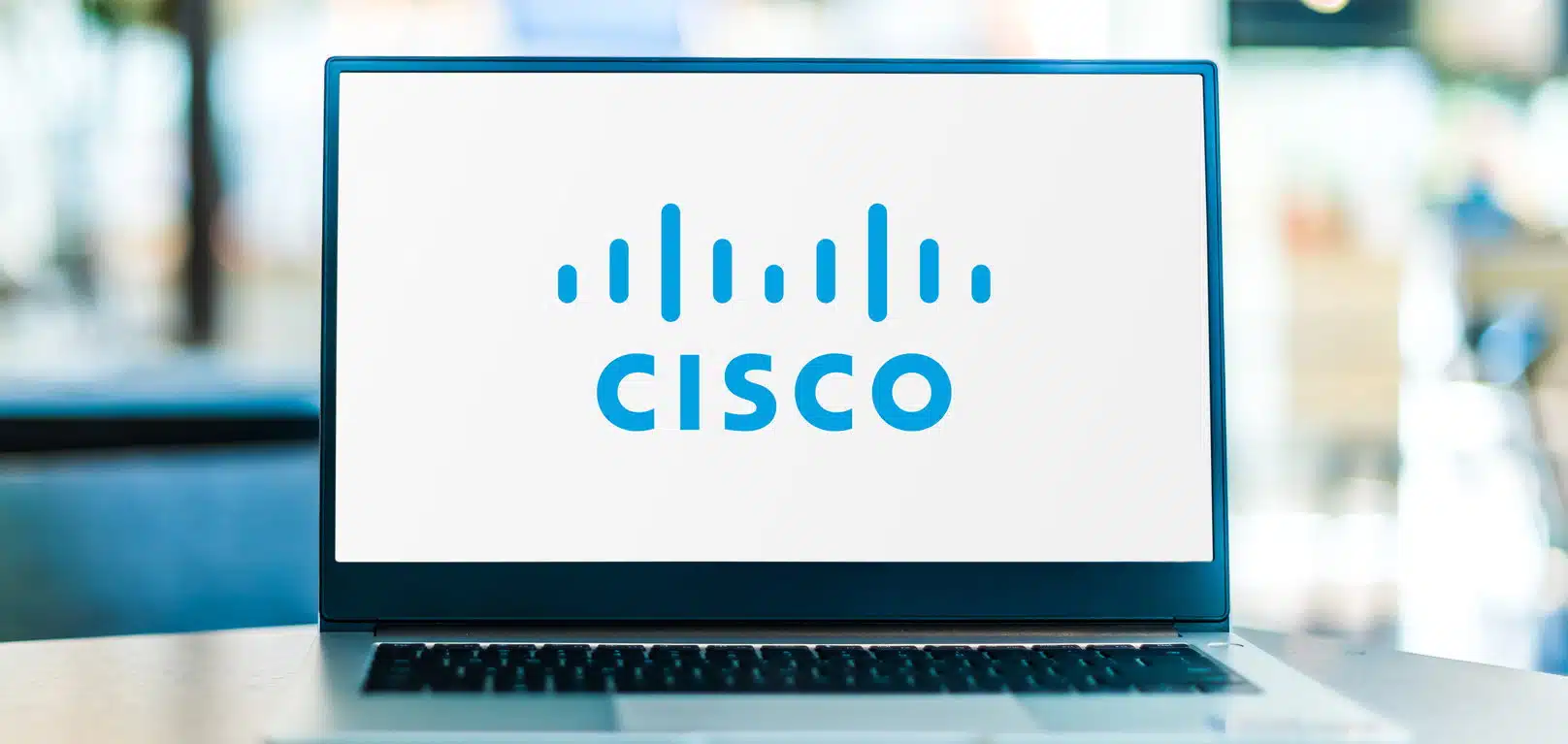The Internet of Things (IoT) is an increasingly significant area of networking, with a rising number of applications. It has a considerable impact across various sectors, like healthcare and retail, by offering valuable security and cost-saving benefits through new sensor technologies.
These sensors enable advancements such as improved inventory management and product enhancements. Additionally, they reduce complexity in task-specific networks, decrease costs for duplicate IoT devices, optimize resource usage, and introduce new processes and technologies, like automation.
These solutions address diverse applications, ranging from collecting remote sensor data in agricultural settings to providing internet connectivity for moving trains. Key products encompass Heavy Duty Access Points, Wireless Backhaul models, Power injectors, adapters, mounting accessories, Rugged AP and Client for moving machines and vehicles, Edge Compute appliance, and DNA-C and IOT Operations Center.
The Ultra-Reliable Wireless Backhaul (URWB) stands out for its high-speed mobility, low latency, and carrier-grade availability, making it ideal for assets in constant motion. Cisco’s new “Industrial Wireless (IW) Service” offers cloud-based scalable provisioning and management of IW devices, ensuring secure and efficient operations, even in offline environments.
With robust support for extreme environmental conditions and advanced networking capabilities, Cisco’s industrial solutions facilitate effective optimization of IoT infrastructure for businesses. As the IoT landscape continues to evolve, Cisco remains at the forefront, delivering innovative and reliable hardware to meet the increasing demands of connected industries.
